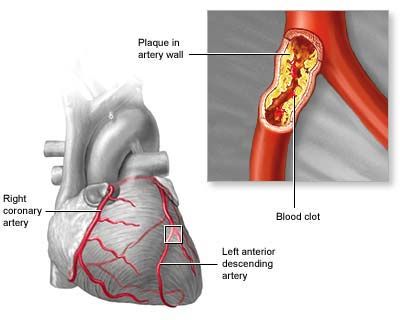The majority of patients suffering from Left Main Coronary Stenosis go through an immediate coronary artery bypass surgery, without having much information about the risk factors which result in cardiac proceedings between surgery and angiographic diagnosis. According to the reviews by approximately 1700 cases of bypass grafting of coronary artery, only 98 of them are executed in patients with this disease. These patients were categorized in one of two groups- uneventful waiting or eventful waiting. The cases of critical, cardiac events are analyzed during the free time between angiography and surgical procedure.
Some patients experienced major cardiac events during the surgery, but, none died. The occurrence of strict cardiac events is rare, in the patients waiting for bypass grafting of coronary artery. Some of the watchfully selected patients with strict coronary disease safely await the surgery. The severe cases of this disease signify a high peril for cardiac events. For that reason, the patients with such conditions can prefer as an immediate bypass grafting of coronary artery.

Other areas of concern
This disease is an infrequent but significant cause of coronary disease symptom. Various studies have found Left Main Coronary Stenosis as an autonomous pointer of increased mortality and morbidity rates in patients suffering from coronary artery disease. Patients having Left Main Coronary Artery (LMCA) stenosis experience an increase in complications after catheterization. Although angioplasty has been executed for undefended LMCA stenosis, surgery is also seems to be a preferable option of treatment improving the possibility of survival.
Bypass grafting of Coronary Artery is performed as an immediate surgery in the majority of patients with Left Main Coronary Artery Stenosis. It is done with an intention of lowering occurrence of postoperative ischemic problems. Still some of the patients undergo a bypass grafting less immediately. Very less knowledge is available concerning the time gap between coronary artery bypass grafting and angiographic diagnosis of Left Main Coronary Artery Stenosis. This study has been performed in patients having angiographic acknowledged LMCA Stenosis, waiting for the CABG. This is done in order to show the occurrence of severe cardiac events following coronary angiography. It also identifies the risk factors involved in the happening of such events, before the execution of Coronary Artery Bypass Grafting (CABG).
Results and conclusion :
Between the patients experiencing events and the patients not experiencing it, there are no statistical important differences in risk factors in coronary disease, severe of LMCA stenosis, age, sex, or preoperative use of a balloon pump (intra-aortic). Moreover, there is no noticeable difference in the regular interval between CAGB and angiography. The patients experiencing events had unstable angina known as acute coronary syndrome, before they undergo for angiography or cardiac catheterization. Comparison between two group’s shows that the occurrence of acute coronary syndrome is present only in the suffering patient presented on the way to the treatment hospital predicts the presence of cardiac events in the patients waiting CABG. The relation of acute coronary syndrome and LMCA stenosis points out a high peril of cardiac events. As a result, the patients with such conditions must be preferred for urgent CABG.